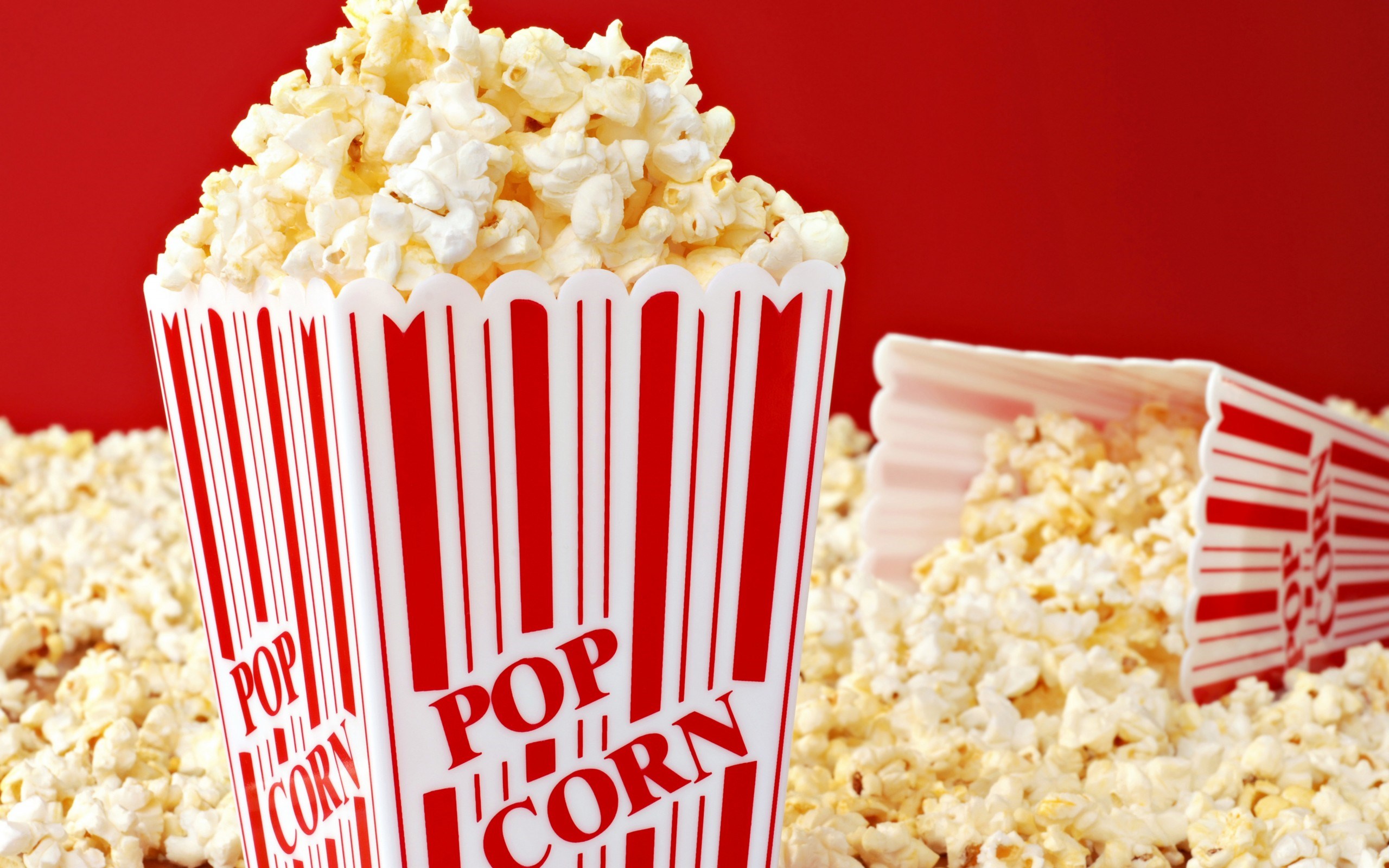POPCORN AFFAIRS: WHY IS POPCORN SYNONYMOUS WITH MOVIE THEATER?

Back in the beginning of the movie theater era, cinemas aspired to be classy establishments, extensions of the regular theaters which already existed. Snacks like popcorn didn’t fit this mold. They had strong scents, made lots of noise when eating, and ruined the beautiful carpets and rugs that covered the theater floors. Movie theaters actually banned popcorn, hoping to maintain their status as high-class establishments.
In 1885, Charles Cretor created the first steam-powered popcorn maker. This invention allowed popcorn to be mass-produced on the streets. Vendors roamed around making popcorn in their mobile machines, tempting people with its strong smell and loud popping sounds, popcorn was just too enticing for people to pass up, and so it's popularity was rising
In 1927, "talkies" hit theaters, introducing the real voices of film actors to an adoring public—and opening films up to a much wider audience, since literacy was no longer a prerequisite for a day at the movies. The sound of the films also helped to quiet the sounds of munching.
The Great Depression presented an excellent opportunity for both movies and popcorn. Looking for a cheap diversion, audiences flocked to the movies. And at 5 to 10 cents a bag, popcorn was a luxury that most people were able to afford. Popcorn kernels themselves were a cheap investment for purveyors, and a $10 bag could last for years. If those inside the theaters couldn’t see the financial lure of popcorn, enterprising street vendors didn’t miss a beat: they bought their own popping machines and sold popcorn outside the theaters to moviegoers before they entered the theater.
Seeing a potential to greatly increase profits, theaters eventually gave in, although lacking the proper accommodations needed to make popcorn themselves (there was limited ventilation), they began to allow street vendors into the lobby or in front of the theater for a fee. In the mid-1930s, cinemas finally realized that they could just get rid of the middleman and make the popcorn themselves.
However, not every theater was willing to adapt. Some theaters believed they could still profit without selling snacks. Those that refused to adapt saw major declines in profit while theaters that added concession stands were making more money than ever and by the end of the 1930s, most cinemas had either adapted or were forced to close down.
By 1945, popcorn and the movies were inextricably bound: over half of the popcorn consumed in America was eaten at the movie theaters. Theaters began pushing advertisements for their concessions harder, debuting commercials that played before (and sometimes in the middle of) movies that enticed audiences to check out the snacks in the lobby.
Popcorn is just as economically important to the modern movie theater as it was to movie theaters of old. Patrons often complain about the high prices of movie concessions, but there’s an economic basis for this: popcorn, cheap to make and easy to mark-up, is the primary profit maker for movie theaters.
And so the marriage of popcorn and the movies started and continued up to date.
Nothong better than some popcorn and a movie!
indeed both go pretty well. thanks for commenting.
#photography
what are you doing there, I want to know
Congratulations @mrbenjamin! You received a personal award!
Click here to view your Board
Do not miss the last post from @steemitboard:
Congratulations @mrbenjamin! You received a personal award!
You can view your badges on your Steem Board and compare to others on the Steem Ranking
Vote for @Steemitboard as a witness to get one more award and increased upvotes!